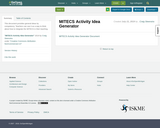
This document provides general ideas by competency. Teachers can use it as a way to think about how to integrate the MITECS in their teaching.
- Subject:
- Applied Science
- English Language Arts
- Mathematics
- Material Type:
- Reading
- Date Added:
- 07/21/2019

This document provides general ideas by competency. Teachers can use it as a way to think about how to integrate the MITECS in their teaching.
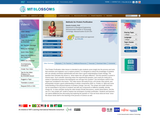
This Protein Purification video lesson is intended to give students some insight into the process and tools that scientists and engineers use to explore proteins. It is designed to extend the knowledge of students who are already somewhat sophisticated and who have a good understanding of basic biology. The question that motivates this lesson is, ''what makes two cell types different?'' and this question is posed in several ways. Such scientific reasoning raises the experimental question: how could you study just a subset of specialized proteins that distinguish one cell type from another? Two techniques useful in this regard are considered in the lesson.
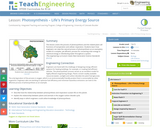
This lesson covers the process of photosynthesis and the related plant cell functions of transpiration and cellular respiration. Students will learn how engineers can use the natural process of photosynthesis as an exemplary model of a complex yet efficient process for converting solar energy to chemical energy or distributing water throughout a system.
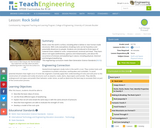
Rocks cover the earth's surface, including what is below or near human-made structures. With rocks everywhere, breaking rocks can be hazardous and potentially disastrous to people. Students are introduced to three types of material stress related to rocks: compressional, torsional and shear. They learn about rock types (sedimentary, igneous and metamorphic), and about the occurrence of stresses and weathering in nature, including physical, chemical and biological weathering.
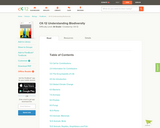
Understanding Biodiversity presents an overview of biodiversity, its importance and relevance to humans, all living things, and the Earth. It includes species pages and a template to engage and involve students in real-life data collection.
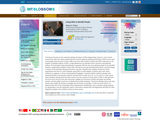
it would be ideal if students already have learned that DNA is the genetic material, and that DNA is made up of As, Ts, Gs, and Cs. It also would help if students already know that each human has two versions of every piece of DNA in their genome, one from mom and one from dad. The lesson will take about one class period, with roughly 30 minutes of footage and 30 minutes of activities.